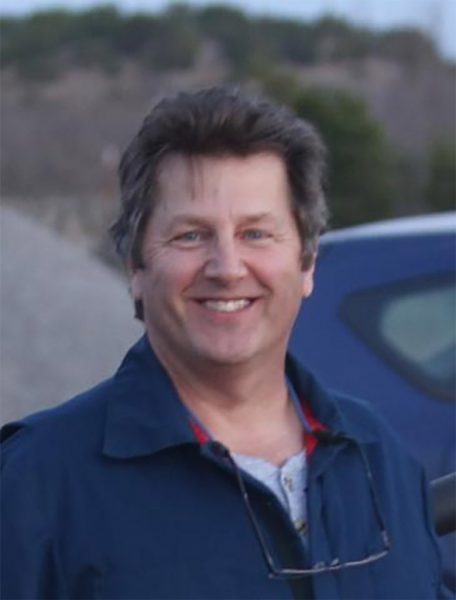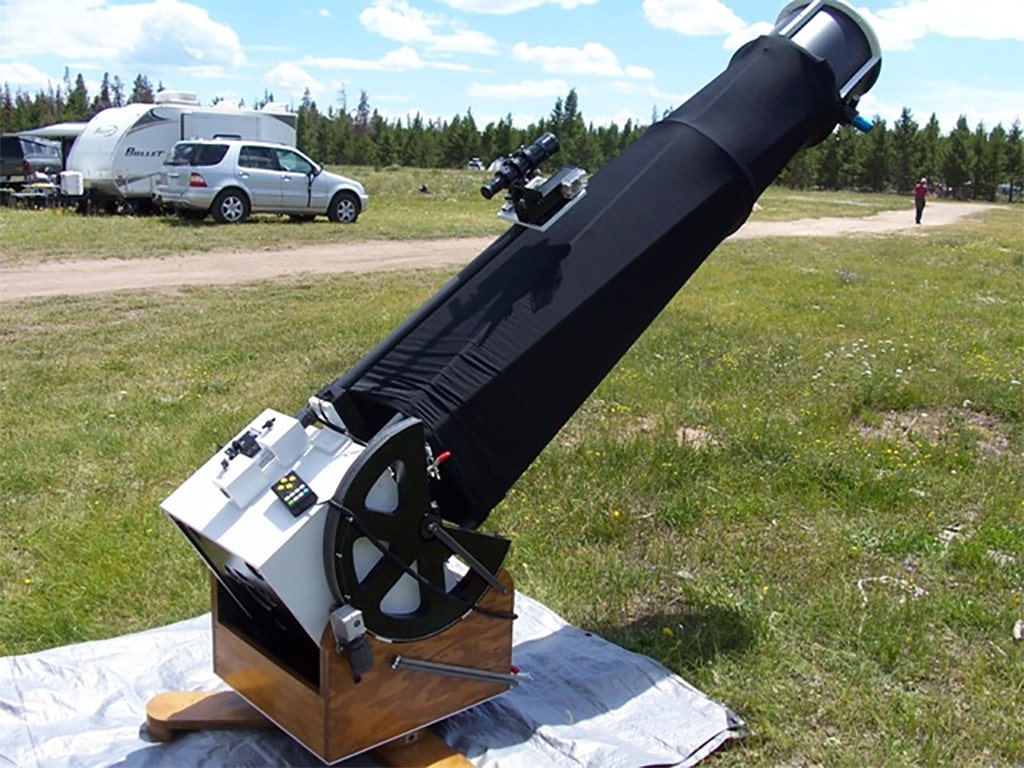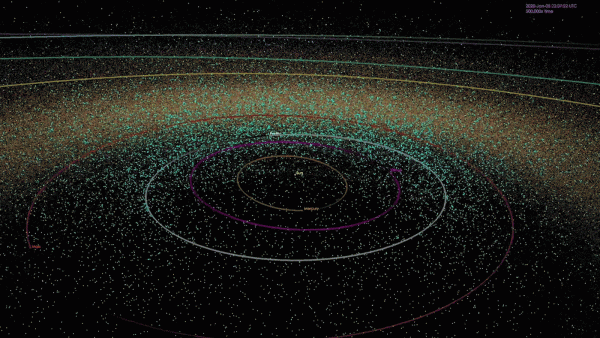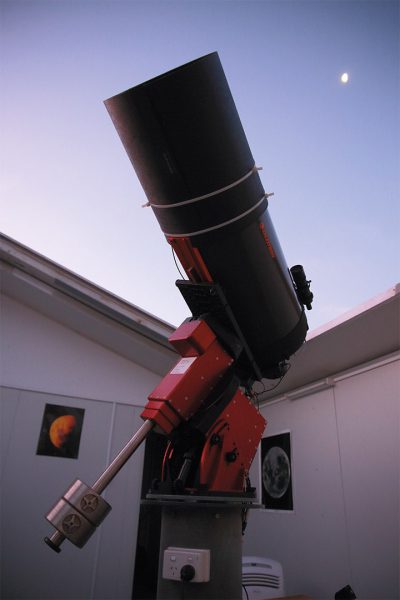My Life With The Stars

A great joy in my life is the relationships I have with my family and friends.
I’ve many friends who aren’t earthbound, visiting me every year like clockwork. Cygnus, Virgo, Auriga, to name a few. Each year, I learn something new about these celestial friends by peering into their depths with my telescope.
My name is Mike Hotka, I live in Broomfield, Colorado, USA, and I have been an amateur astronomer since 1964. I am an observational observer, studying the beauty of the universe with my own eyes, and I build the telescopes that I use. My telescopes include a 12.5- inch, f/8 Newtonian and an 8- inch, f/6 Newtonian. In 1986, I became a member of the Astronomical League, a worldwide association of amateur astronomers.

A benefit of being a member is that you have access to their observing programs, and the opportunity to explore, observe and understand the objects of the program. I like these programs because I have seen many deep-sky objects that, if left to my own accords, I wouldn’t have known existed, I love the discipline that these programs offer, each provides a unique list of objects that defines many of my future observing sessions.
In July 1986, I started observing the objects of the Messier Observing Program, my first Astronomical League observing program. I enjoyed seeing the objects of the Messier program so much that I’ve been completing one program after another ever since. In 2017, I turned my attention to a program called Target NEOs!
The acronym NEO stands for Near-Earth Object and the premise of this program is to observe asteroids that cross Earth’s orbit. Professional astronomers identify the asteroids of interest, so all I have to do is to record the astrometry (position) and photometry (magnitude) of these asteroids and submit my data to the required databases.

The precision required of these NEO observations is well beyond what is capable of making observations with your eye. I needed to image the star fields that contained the NEO asteroids and then let a program analyse these images to obtain the precise position and magnitude. This work requires a telescope with a mount that tracks accurately and CCD imaging equipment. I didn’t want to get into purchasing all the equipment I would need, and instead, I turned to automated, robotic telescopes.
One of the requirements necessary to capture the required data for each asteroid was that I needed at least three images of the asteroid, moving in the associated starfield, 30 minutes apart. The only robotic telescope network that would allow me to capture the images I needed was the SkyNet Telescope Network. That’s how I heard about Perth Observatory’s R-COP telescope.
R-COP stands for:
- Remote Telescope Partnership
- Clarion University – Science in Motion
- Oil Region Astronomical Society
- Perth Observatory

Using the Perth Observatory R-COP telescope from the comfort of my home in Colorado has been very beneficial. The R-COP telescope has an accurate mount and state-of-the-art imaging equipment. The web-based user interface helps me to find the asteroids of interest and then to queue up image requests, it’s very intuitive to use. I’ve been using the R-COP telescope for about three years now and have recorded over 100 asteroids so far.
I also use the R-COP telescope to record southern hemisphere variable star images, as a member of the American Association of Variable Star Observers (AAVSO). Once I obtain an image of a variable star, I upload the image to AAVSO and use their online photometry program to extract the magnitude of the variable star, and submit this data to the AAVSO database.
My association with this observatory meets all my imaging needs to record asteroids and variable stars. I couldn’t be happier.





